
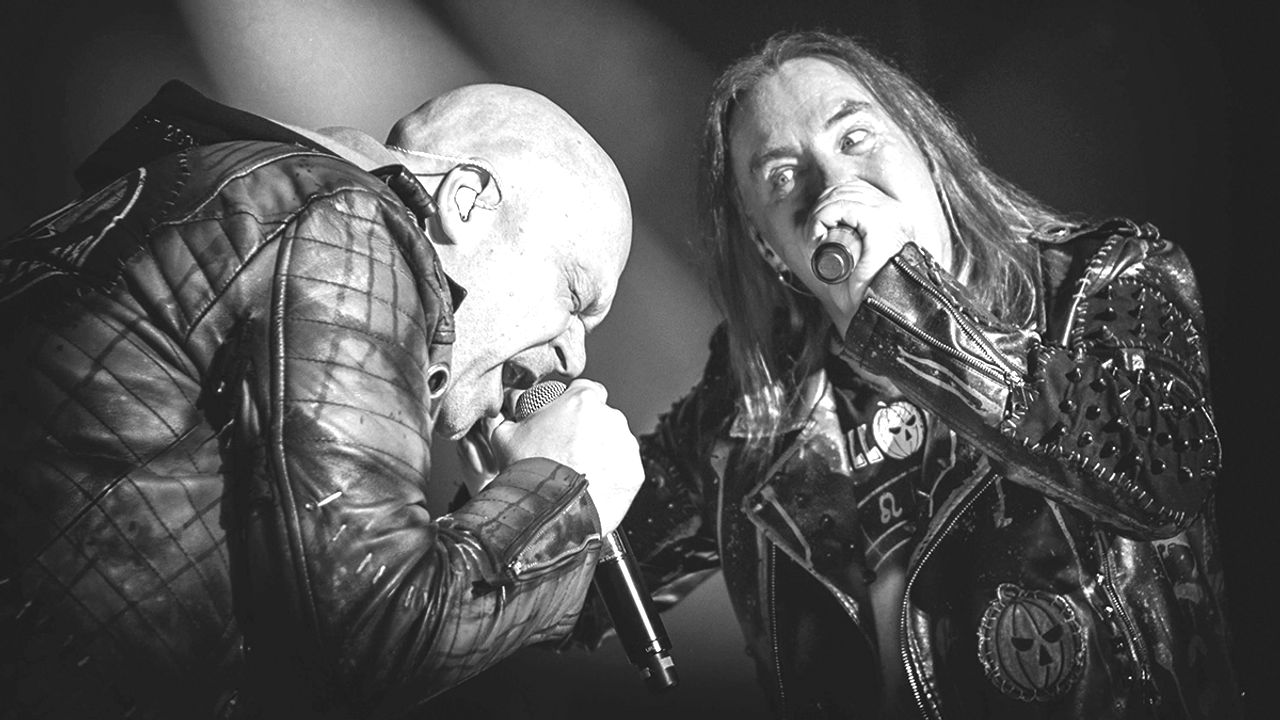
Follow Your Favorite Band Today!
Top Helloween Community Posts
Albums
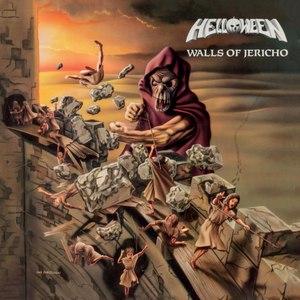
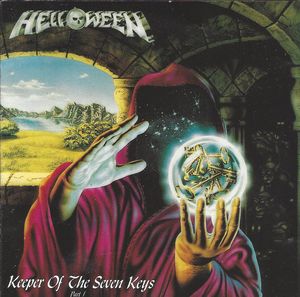
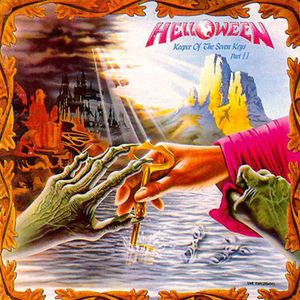

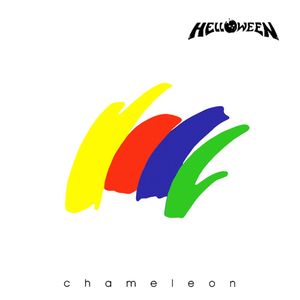
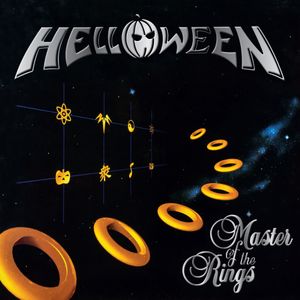
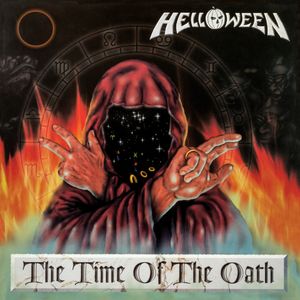
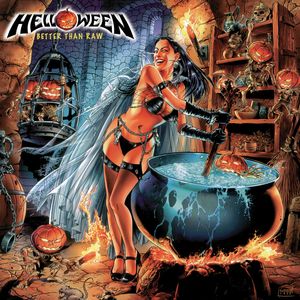
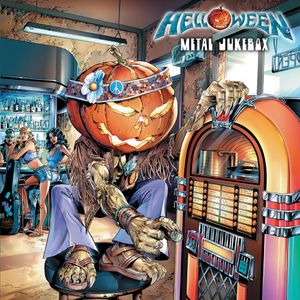
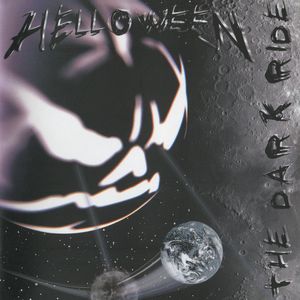
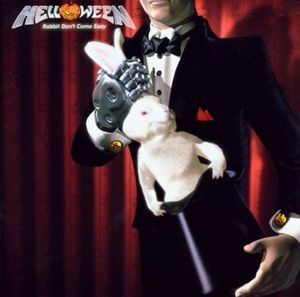
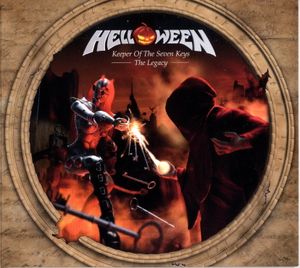
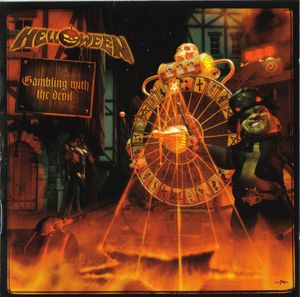
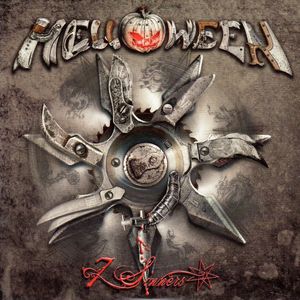

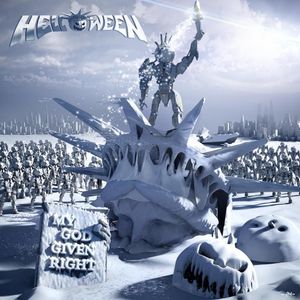
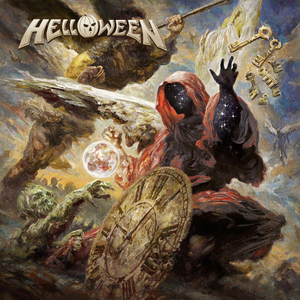
Story of Helloween
Helloween: A Power Metal Legacy
Formed in Hamburg, West Germany in 1984, Helloween emerged from the ashes of several promising local bands—Iron Fist, Gentry, Second Hell, and Powerfool—quickly establishing themselves as a pioneering force in European heavy metal. The bands original lineup, featuring Kai Hansen (vocals/guitar), Markus Grosskopf (bass), Michael Weikath (guitar), and Ingo Schwichtenberg (drums), laid the groundwork for their signature sound. Their influence on the genre is undeniable; theyre frequently cited as one of the most influential European heavy metal bands of the 80s and even considered "fathers of power metal."
By 1989, Hansen`s departure to form Gamma Ray saw Helloween evolve into a five-piece with the addition of Michael Kiske on lead vocals. Tragedy struck in 1993 with the departures of Schwichtenberg (who tragically died by suicide two years later) and Kiske. Subsequent years saw numerous lineup changes, leaving Grosskopf and Weikath as the only remaining original members.
However, the story doesn`t end there. In 2016, Helloween reunited their legendary Keeper of the Seven Keys era lineup—Hansen, Weikath, Kiske, and Grosskopf—alongside the Keeper of the Seven Keys: The Legacy era members Andi Deris (vocals), Sascha Gerstner (guitar), and Daniel Löble (drums), forming a formidable septet.
This powerhouse lineup reflects the bands enduring legacy. With 16 studio albums, four live albums, three EPs, and 30 singles under their belt, Helloween boasts 14 gold and six platinum awards and has sold over 10 million records worldwide. Their impact is solidified by their recognition as one of the "Big Four" of the early German power metal scene (alongside Grave Digger, Rage, and Running Wild), and even among the genres overall "Big Four" (often including Blind Guardian, Sabaton, and DragonForce). Helloween`s history is a testament to their enduring musical power and influence.
Bands you may like
More Metal Bands
Explore MetalDiscover more bands in the Metal genre and explore the diverse sounds that define this musical style.
Browse All Metal BandsMore Bands from Germany
Explore GermanyDiscover the rich musical heritage of Germany and explore bands that represent the country's unique sound and culture.
Browse All Germany Bands